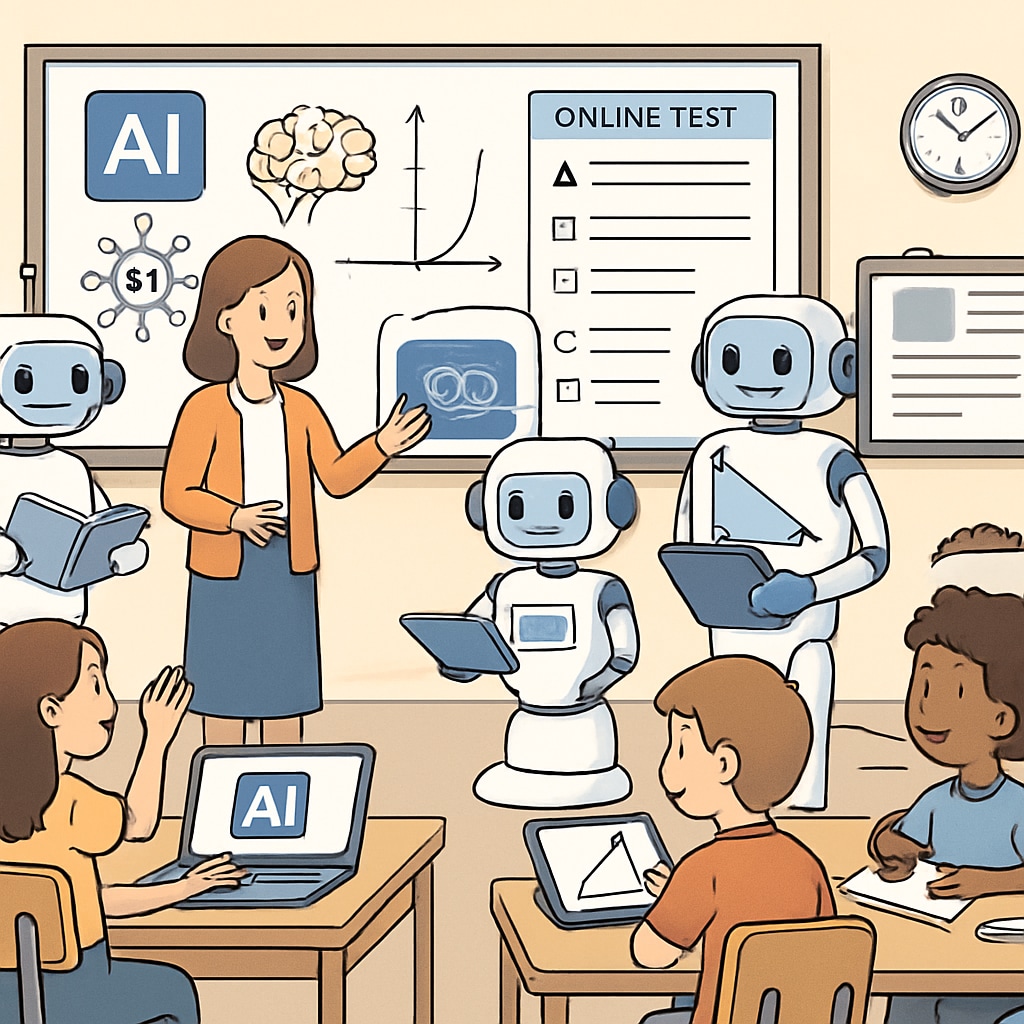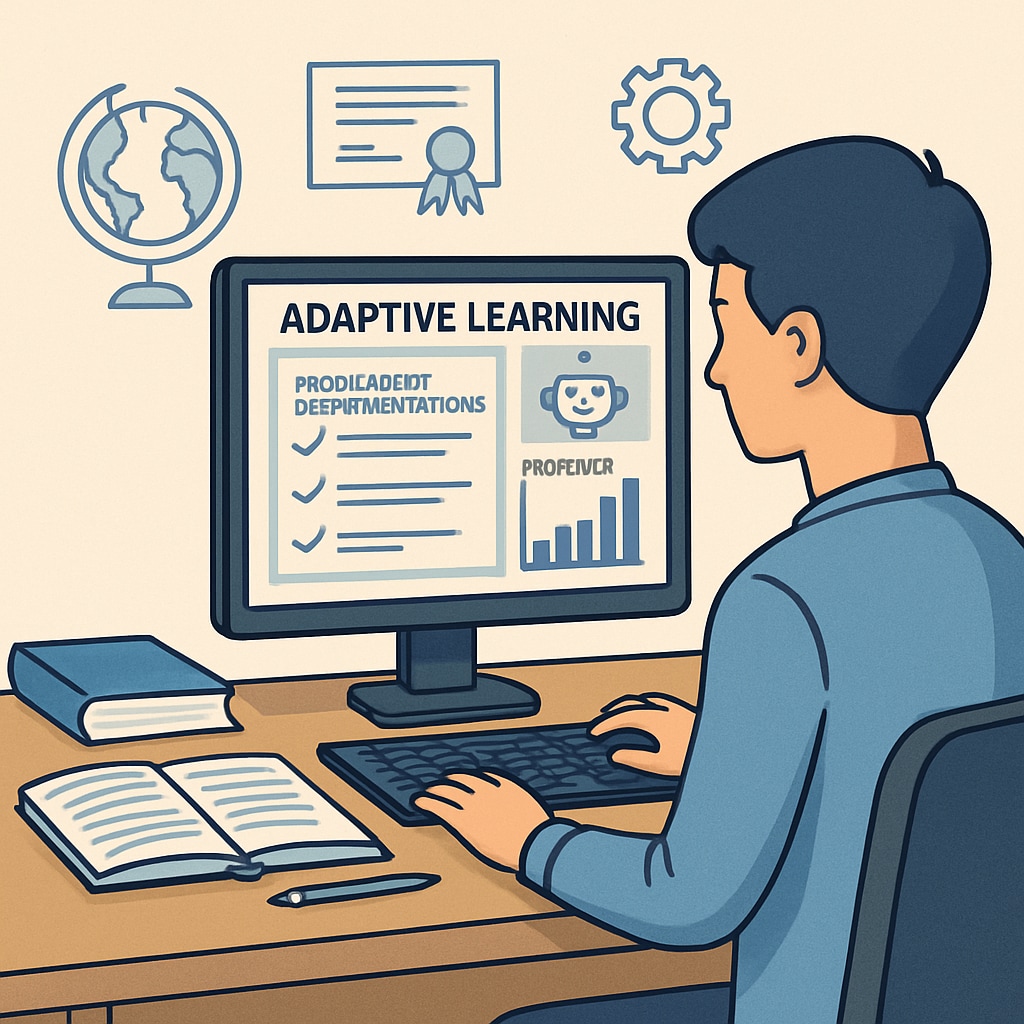Artificial intelligence, school education, and future impact are rapidly converging to redefine the way students learn and teachers teach. Over the next 5-10 years, AI is expected to bring transformative changes to classrooms worldwide. From personalized learning experiences to automated assessments, the integration of AI technologies will reshape the traditional education system and create new opportunities for innovation. However, this transformation also raises critical questions about balancing technological advancements with the need for human interaction in education.
How AI Enhances Teaching Methods
Artificial intelligence has the potential to revolutionize teaching methods by automating repetitive tasks and enabling educators to focus on more meaningful interactions with students. For example, AI-driven tools like intelligent tutoring systems can provide real-time feedback, helping students master complex concepts at their own pace. Additionally, AI can analyze classroom data to identify patterns in student performance, offering teachers insights to tailor their approaches.
- AI-powered lesson planning tools simplify curriculum design by suggesting optimal teaching strategies.
- Speech recognition technology can assist students with disabilities in accessing lessons more effectively.
- Virtual teaching assistants reduce administrative workloads, allowing teachers to dedicate time to creativity and mentorship.

Personalized Learning Experiences with AI
One of the most significant impacts of AI in education is its ability to offer personalized learning experiences. Adaptive learning platforms use algorithms to identify individual student needs and adjust content accordingly. This ensures that students receive customized support, whether they are advanced learners or require additional help.
For example, platforms like Khan Academy employ AI to deliver tailored lessons and track progress. Similarly, AI-based tools can recommend supplementary resources, such as videos, exercises, or interactive simulations, to enhance understanding. As a result, students can learn at their own pace, fostering better engagement and retention.

Transforming Assessment and Feedback Systems
AI is redefining traditional evaluation systems by introducing automated assessments and instant feedback mechanisms. Machine learning algorithms can grade assignments, identify errors, and provide constructive suggestions within seconds. This not only saves time for educators but also ensures consistency in grading.
Moreover, sentiment analysis tools can assess students’ emotional responses during lessons, helping teachers adjust their approaches to maintain engagement. Tools like Edutopia have started exploring AI’s role in enhancing formative assessments, ensuring that evaluations are more dynamic and insightful.
However, while AI-driven assessments offer efficiency, they also raise concerns about the potential loss of nuance in evaluating creative or open-ended work. It becomes crucial for educators to strike a balance between automated tools and manual grading to preserve the integrity of student evaluations.
Challenges for Educators in the Age of AI
Despite its numerous benefits, the integration of AI into school education presents challenges that require careful navigation. For instance, teachers need adequate training to effectively use AI tools, which may demand significant investments in professional development. Additionally, concerns about data privacy and the ethical use of AI in education must be addressed to ensure student safety.
Furthermore, the human element in teaching—empathy, mentorship, and interpersonal connection—cannot be replaced by AI. As a result, educators must find ways to balance technological innovation with the irreplaceable value of human interaction in fostering holistic development.
In conclusion, while artificial intelligence has the potential to revolutionize school education, its successful implementation depends on thoughtful integration and ongoing dialogue among educators, students, and policymakers. By embracing AI while preserving the human touch, schools can create a future-ready education system that benefits all.
Readability guidance: This article uses short paragraphs and lists to summarize key points effectively. Transitions like “however,” “for example,” and “in addition” ensure smooth flow, while active voice is prioritized for clarity.


